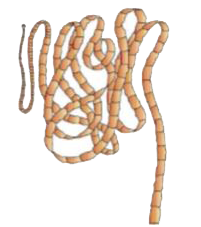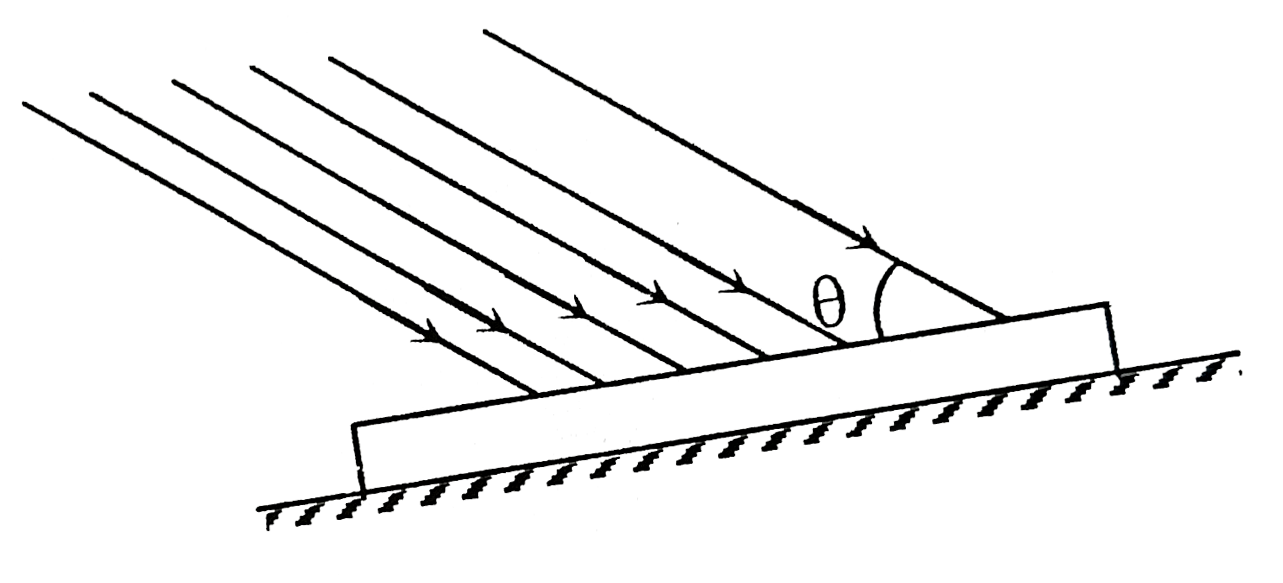(A)Mongoloid idiocy
(B)Simian palmer crease
(C)Partially open mouth
(D)Psychomotor development is retarded
Above informations are related with :-
Patau syndrome
Turner syndrome
Down syndrome
Edward syndrome
The correct Answer is:C
To solve the question regarding the characteristics provided (Mongoloid idiocy, Simian palmer crease, Partially open mouth, Psychomotor development is retarded), we need to identify which syndrome these characteristics are associated with.
1. Identify the Characteristics:
- The characteristics listed are:
- Mongoloid idiocy
- Simian palmer crease
- Partially open mouth
- Psychomotor development is retarded
2. Understanding Each Characteristic:
- Mongoloid idiocy: This term is historically associated with Down syndrome due to the physical features often seen in individuals with this condition.
- Simian palmer crease: This is a single transverse palmar crease that is commonly found in individuals with Down syndrome.
- Partially open mouth: Individuals with Down syndrome often have a characteristic facial appearance, which includes a partially open mouth.
- Psychomotor development is retarded: Children with Down syndrome typically experience delays in psychomotor development.
3. Comparing with Known Syndromes:
- Down Syndrome: Known for the presence of an extra chromosome (Trisomy 21) and the characteristics mentioned above.
- Patow Syndrome, Turner Syndrome, Edwards Syndrome: These syndromes have different characteristics and do not typically include the signs mentioned.
4. Conclusion:
- Based on the characteristics provided, they are all associated with Down syndrome.
Final Answer:
The information provided is related to Down syndrome.
- The characteristics listed are:
- Mongoloid idiocy
- Simian palmer crease
- Partially open mouth
- Psychomotor development is retarded
- Mongoloid idiocy: This term is historically associated with Down syndrome due to the physical features often seen in individuals with this condition.
- Simian palmer crease: This is a single transverse palmar crease that is commonly found in individuals with Down syndrome.
- Partially open mouth: Individuals with Down syndrome often have a characteristic facial appearance, which includes a partially open mouth.
- Psychomotor development is retarded: Children with Down syndrome typically experience delays in psychomotor development.
- Down Syndrome: Known for the presence of an extra chromosome (Trisomy 21) and the characteristics mentioned above.
- Patow Syndrome, Turner Syndrome, Edwards Syndrome: These syndromes have different characteristics and do not typically include the signs mentioned.
- Based on the characteristics provided, they are all associated with Down syndrome.
The information provided is related to Down syndrome.
Topper's Solved these Questions
Similar Questions
a. Trisomy of 21st chromosome
b. Palm crease
c. Partialy open mouth
d. Retarded psychomotor development
Above information is related with
View SolutionWhich of the following characters are seen in an individual with trisomy of chromosome number 21 ?
A. Psychomotor and mental development is retarded
B. Mental retardation
C. Presence of gynaecomastia
D. Loss of skin pigmentation
View SolutionAsthenophere is
(a) Partially molten
(b) Completely molten
(c) Solid plates embedded in molten mass
(d) All the above
View Solution(a) Hooks and suckers are present
(b) Absorb nutrients from the host directly through their body surface
(c) Specialised cells called flame cells help in excretion and osmoregulation
(d) Sexes are separate Which of the above given charater is not related with diagram given below?

View SolutionMonochromatic rays of intensity I are falling on a metal plate of surface area A placed on a rough horizontal surface at certainn angle θ as shown in figure. Choose correct statement (s) based on above information
 a) There is a value of
θ
for which plate will not move however high the intensity of radiation is
b) Plate will not move if plate if perfectly reflecting irrespective of the value of intensity
c) If rays are falling perpendiculars to surface plate will not have
d) none of these
a) There is a value of
θ
for which plate will not move however high the intensity of radiation is
b) Plate will not move if plate if perfectly reflecting irrespective of the value of intensity
c) If rays are falling perpendiculars to surface plate will not have
d) none of these
View SolutionOne day Chetan's mother developed a severe stomach ache all of a sudden. She was rushed to the doctor who suggested for an immediate endoscopy test and gave an estimate of expenditure for the same. Chetan immediately contacted his class teacher and shared the information with her. The class teacher arranged for the money and rushed to the hospital. On realising that Chetan belonged to a below average income group family, even the doctor offered concession for the test fee. The test was conducted suessfully.
Answer the following questions based on the above information :
(a) Which principle in optics is made use of in endoscopy ?
(b) Briefly explain the values reflected in the action taken by the teacher.
(c) In what way do you appreciate the response of the doctor on the given situation?
View SolutionIf n is a positive integer then ^nCr+nCr+1=n+1^Cr+1 Also coefficient of xr in the expansion of (1+x)n=nCr. In an identity in x, coefficient of similar powers of x on the two sides re equal. On the basis of above information answer the following question: If n is a positive integer then ^nCn+n+1Cn+n+2Cn+.....+n+kCn= (A) ^(n+k+1)Cn+2 (B) ^(n+k+1)Cn+1 (C) ^(n+k+1)Ck (D) ^(n+k+1)Cn−2
View SolutionLet an A.P. a G.P. and a H.P. of positive terms have the same first term a, the same last term b and the same numberof terms (2n+1). Let x,y,z be the (n+1)th terms respectively of the A.P., G.P. and H.P. respectively. On the basis of above information anwer the following question: x,y,z are in (A) A.P. (B) G.P. (C) H.P. (D) none of these
View SolutionThe arrangement of orbitals on the basis of energy is based upon their (n+l) value. Lower the value of (n+l), lower is the energy . For orbitals having same values of (n+l). The orbital with lower value of n will have lower energy.
I. Based upon the above information arrange the following orbitals in the increasing order of energy.
(a) 1s,2s,3s,2p (b) 4s,3s,3p,4d
(c) 2p,4d,5d,4f,6s (d) 5f,6d,7s,7p
II. Based upon the above information Solve the question. give below.
(a) which of the following orbitals has the lowest energy
4d,4f,5s,5p
(b) which of the following orbitals has the highest energy?
5p,5d,5f,6s,6p
View SolutionLet Sn denote the sum of first n terms of a G.P. whose first term and common ratio are a and r respectively. On the basis of above information answer the following question: S1+S2+S3+..+Sn= (A) na1−r−ar(1−rn)(1−r)2 (B) na1−r−ar(1+rn)(1+r)2 (C) na1−r−a(1−rn)(1−r)2 (D) none of these
View Solution
